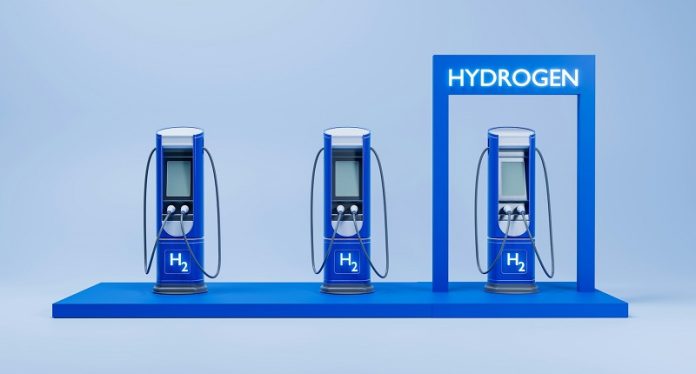
A team of researchers from the Korea Institute of Materials Science (KIMS) has developed a major breakthrough in hydrogen storage—a solid metal alloy that can safely store and transport hydrogen without the need for high-pressure tanks or extremely cold temperatures.
This new material could make hydrogen a much more practical and affordable option for clean energy.
The research, led by Dr. Young-Min Kim and Dr. Byeong-Chan Suh, introduces a magnesium-nickel-tin (Mg-20Ni-Sn) alloy that stores hydrogen by locking it into the structure of the metal itself.
This solid-state storage method avoids the risks and costs tied to traditional hydrogen storage, which usually involves compressing gas at pressures up to 700 bar or cooling it to -253°C to turn it into a liquid.
Both methods are expensive and come with high safety concerns, including the risk of explosions and hydrogen loss during transport.
Solid-state hydrogen storage is a promising alternative, as it allows hydrogen to be chemically bonded to a metal and released only when needed.
Until now, however, materials used in this approach had low storage capacity, slow reaction speeds, and high manufacturing costs, which made them impractical for large-scale use.
The newly developed alloy solves many of those problems. Magnesium offers high hydrogen storage density, while the magnesium-nickel (Mg₂Ni) component helps hydrogen absorb and release quickly.
By adding a small amount of tin, the researchers improved the structure of the metal, which dramatically boosted its performance—tripling the storage efficiency compared to older materials.
The benefits of this innovation go beyond performance. The team’s method of making the alloy is simple and low-cost.
Instead of using expensive powders and complicated processes, they melt the alloy and then machine it into ultra-thin metal chips—about half the thickness of a human hair.
This format allows hydrogen to move in and out quickly and is ideal for mass production. The team estimates that their new process could cut production costs to just one-tenth of traditional methods.
Even more impressively, the stored hydrogen remains stable over time, even when exposed to air, eliminating the need for special protective equipment.
A truck carrying this solid hydrogen material can now replace a massive 40-foot trailer filled with compressed gas, making transportation easier, cheaper, and safer.
The researchers also partnered with other experts to build a special hydrogen container that uses induction heating to quickly release hydrogen when needed.
This allows for compact and efficient storage systems that could be used in power plants, electric vehicles, and renewable energy facilities.
According to Dr. Kim, this is the first real-world example of hydrogen being stored and transported safely without relying on high-pressure or cryogenic systems, offering a huge leap forward for clean energy technologies.
Source: KSR.



